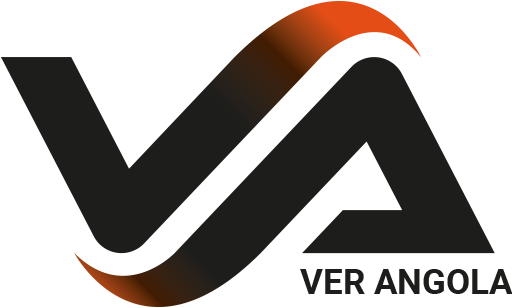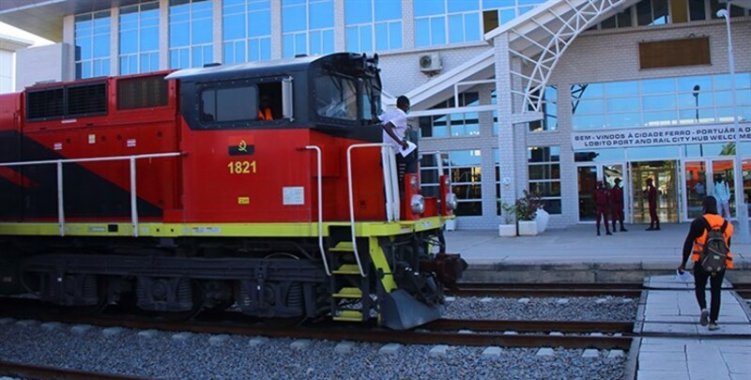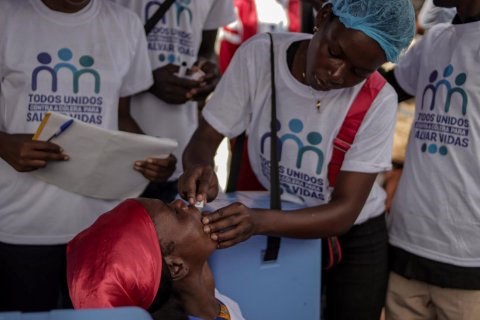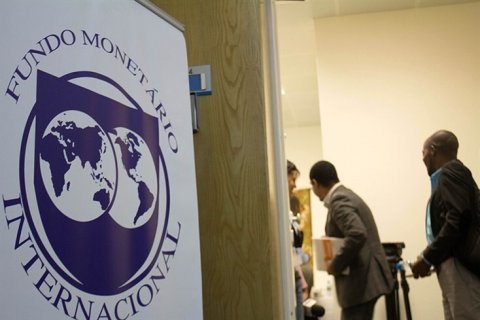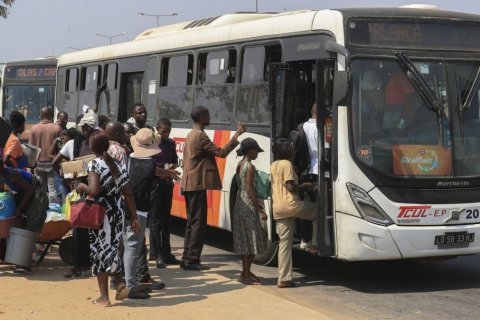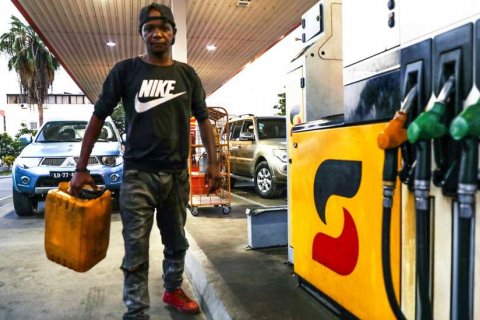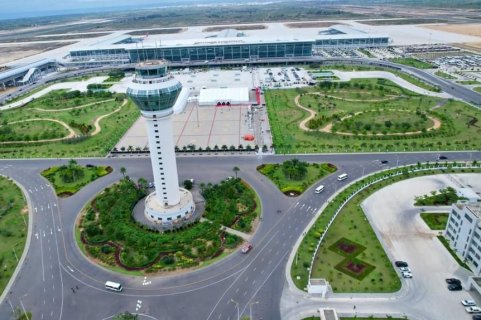Speaking to journalists on a trip between Huambo and Benguela, along the railway line that forms part of the Lobito Corridor, the CEO of Lobito Atlantic Railway (LAR), the consortium that won the infrastructure concession for 30 years, highlighted that the global minerals market has no flags and seeks out those who offer the best conditions.
"The Lobito Corridor opened a gateway to the Atlantic. Today, there is another gateway, which is the connection to Walvis Bay (Namibia) and, on the Indian Ocean side, the corridor to Dar es Salam (Tanzania) and Beira (Mozambique), but on the Indian Ocean side, the ports are very congested," explained Francisco Franca.
"Our biggest competitive advantage is time. Our times are much shorter compared to those corridors", he considered, pointing out prices as another advantage, as well as the fact that transport is only done by rail.
Francisco Franca, who accompanied a diplomatic delegation on a trip to the Lobito Corridor organized by the US embassy in Angola, said that in 2024, the first year of LAR operations, 125 thousand tons of cargo were transported, and this year it is expected to reach 400 thousand.
In 2026 the expectation is to double the volume of tons and in 2027 to reach one and a half million tons.
"Our plan is being fulfilled in accordance with the concession contract," said the head of the consortium, highlighting that international cargo is the heaviest (300 thousand tons).
LAR takes copper shipments from Kolwezi in the Democratic Republic of Congo (DRCongo) to the Port of Lobito, in southern Angola, and transports sulfur, used in mining operations, in the opposite direction.
In the domestic sphere, diesel, gas, cement and food products from the Carrinho agro-industrial group circulate in this corridor.
The Lobito Corridor, which runs 1300 kilometers through Angola, is considered an infrastructure of geostrategic importance for North Americans and Europeans, as it brings Atlantic connections closer to Europe and America, with millions of investments having been announced for the project.
A substantial part will be financed by loans from the US Development Finance Corporation (550 million dollars, or 497 million euros) and the Development Bank of Southern Africa (200 million dollars, or 181 million euros).
Francisco Franca reaffirmed that the disbursement of the DFC loan will take place in the coming months, downplaying the delays. "It is a normal process, this is a complex project, (...) it is an international project that requires many guarantees", he highlighted, ensuring that the signing of the financing contracts is in the final phase and should happen in the next two to three months.
So far, it has been the shareholders who have invested (in addition to the Portuguese Mota-Engil, LAR includes the Belgian Vecturis and the Swiss Trafigura), without operational activities being affected, he said.
"Up until now (...) they have invested in the project [300 million dollars] and, if there is any further delay, the shareholders will continue to support the project", he assured, noting that investments that do not impact operations can be postponed, such as improvements to stations.
Among the main challenges that LAR has faced, he pointed out the speed restrictions on the line, for safety reasons, and maintenance work is underway, ensured by Mota-Engil.
Currently, the Lobito-Luau-Lobito route, from the Port of Lobito to the border with the DR Congo, takes seven to eight days.
The head of LAR also said that some limitations related to the rolling stock they received from the State are being overcome.
